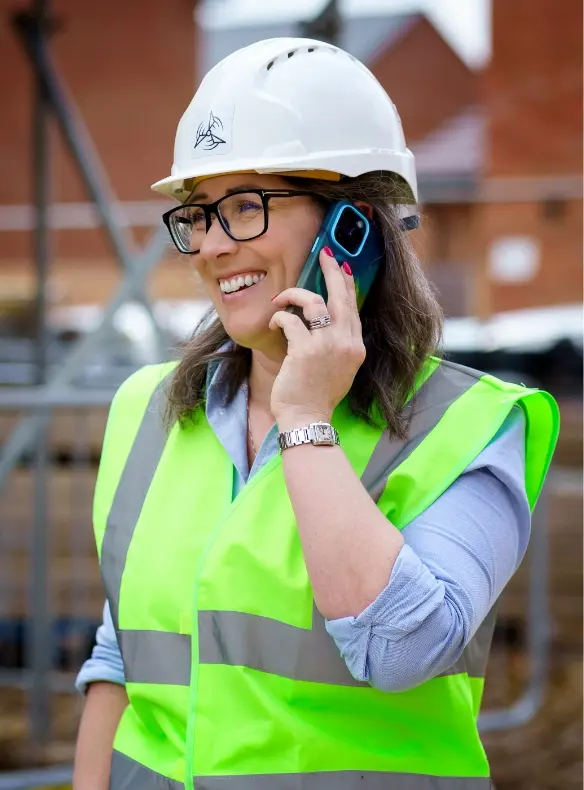
BREEAM Assessments
Home > BREEAM Assessments
Why Choose Us?
Helping You Achieve Sustainable Excellence
With BREEAM-qualified assessors since 2005, we have extensive experience across all schemes to help you achieve your target rating efficiently. We identify opportunities to reduce cost, eliminate risk, and streamline your project’s path to certification.
Our BREEAM services cover:
- New Construction
- Refurbishment & Fit Out
- Bespoke Assessments
- Residential (previously HQM)
We specialise in commercial, public, residential, and mixed-use buildings, offering tailored support for projects of all sizes.

What is BREEAM?
BREEAM is the world’s leading sustainability assessment method, rating projects from Pass to Outstanding based on environmental performance across energy, water, materials, waste, health, and more.
| BREEAM | Rating | %Score |
| Outstanding | ★★★★★ | ≥85 |
| Excellent | ☆★★★★ | ≥70 |
| Very good | ☆☆★★★ | ≥55 |
| Good | ☆☆☆★★ | ≥55 |
| Pass | ☆☆☆☆★ | ≥45 |
| Unclassified | ☆☆☆☆☆ | ≥30 |
Why do you need BREEAM Certification?
- Planning requirements: Many councils require a “Very Good” or “Excellent” rating for approval.
- Client confidence: Certified buildings are more attractive to investors, occupiers, and buyers.
- Environmental impact: Reduce operational costs and carbon footprint while enhancing occupant wellbeing.

How We Support You?
Our team guides you from concept to post-construction, ensuring a smooth, stress-free assessment process. Services include:
- Pre-assessments for planning
- Design stage and post-construction reviews
- BREEAM Accredited Professional consultancy
- Coordination with your design and build teams to maximise credits
What additional BREEAM Services do we offer?
To support your certification efficiently, we can also provide:
- Building User Guides
- Airtightness Testing & Thermographic Surveys
- Daylight and Thermal Modelling
- Indoor Air Quality Plans
- Acoustic Testing and Design Advice
- Energy Modelling (BRUKL, EPC)
- Zero Low Carbon and LCA Assessments
- Water Efficiency Calculations
- Flood Risk and Surface Run-off Assessments
- Noise Impact Assessments
Why Us?
Our BREEAM Assessors and Accredited Professionals combine deep technical knowledge with practical, proactive advice, helping you achieve certification without unnecessary delays or costs.
Ready to enhance your project’s sustainability and value? Contact us today to discuss your BREEAM needs.


